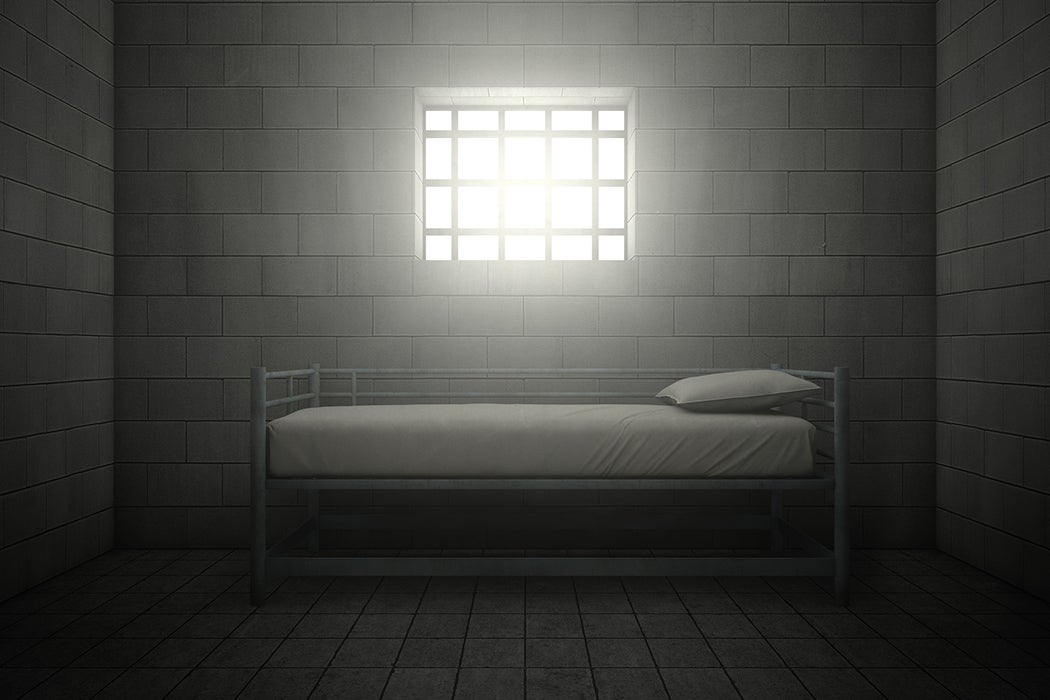Private prisons are, in theory, a practical solution to a thorny problem. The state has too many prisoners and not enough prisons. The public sector is unable or unwilling to build more. Private companies step in and earn revenue per prisoner to maintain and run the facilities. The system minimizes government waste while increasing the capacity of incarceration.
The theory behind private prisons has translated poorly into practice, however, and has been strongly criticized. Studies showed there were minimal savings compared to using public prisons. A scandal involving the murder of an Oklahoma couple by escaped inmates was linked to lax security at their private facility. Another private Ohio prison saw thirteen stabbings, two murders, and six escapes in its initial 14 months. In 2011, a Pennsylvania Juvenile Court judge was convicted in a “cash for kids jail scheme,” in which private prisons had paid him to dole out harsh sentences in order to maintain their prison population.
The Obama administration had begun to scale back its use of private prisons. The future for the industry looked grim and investments plummeted. Consequently, when the Trump campaign began outlining future plans, private prison groups lobbied.
Quartz reports, “GEO Group, one of the two largest prison operators, was one of the few publicly traded companies to openly donate large sums to the Trump effort. Both GEO Group and CoreCivic, the other industry giant, donated to the presidential inauguration. One donation, the senators point out, came a day after the Obama Justice Department’s decision to eliminate their use of private facilities.”
Under Trump, inmate numbers are expected to increase substantially, following a crackdown on illegal immigration and a new insistence on mandatory minimums (where repeat offenders of even non-violent crimes must serve sentences of years).
Molly Gill, Vice President of Policy at FAMM, explained to the Huffington Post, “If you’re determined to lock everybody up as long as possible, whether they’re dangerous or not, you need a place to put them and lots of money to pay for it.” If inmate numbers increase dramatically, the government may give itself no other option. Even with a decrease in inmate population under the Obama administration, current facilities are still operating over capacity.
Weekly Digest
Yet human rights advocates criticize the inadequacy of private prisons to address this. “Traditionally, the purpose of imprisoning a person falls into three distinct areas: protection for the public, rehabilitation for the offender, and punishment for the criminal. In all three of these areas, private prisons perform no better than public prisons—and may actually perform worse.”
Private prisons have no real incentive to rehabilitate prisoners. If they make their profit from criminal society, its goes against business sense to reduce criminality. Staff overturn rate at private prisons can be significantly higher than at public ones, suggesting a constant flow of inexperience in a high-pressure environment. And security at the expense of cost-cutting can have disastrous effects for civilians.







